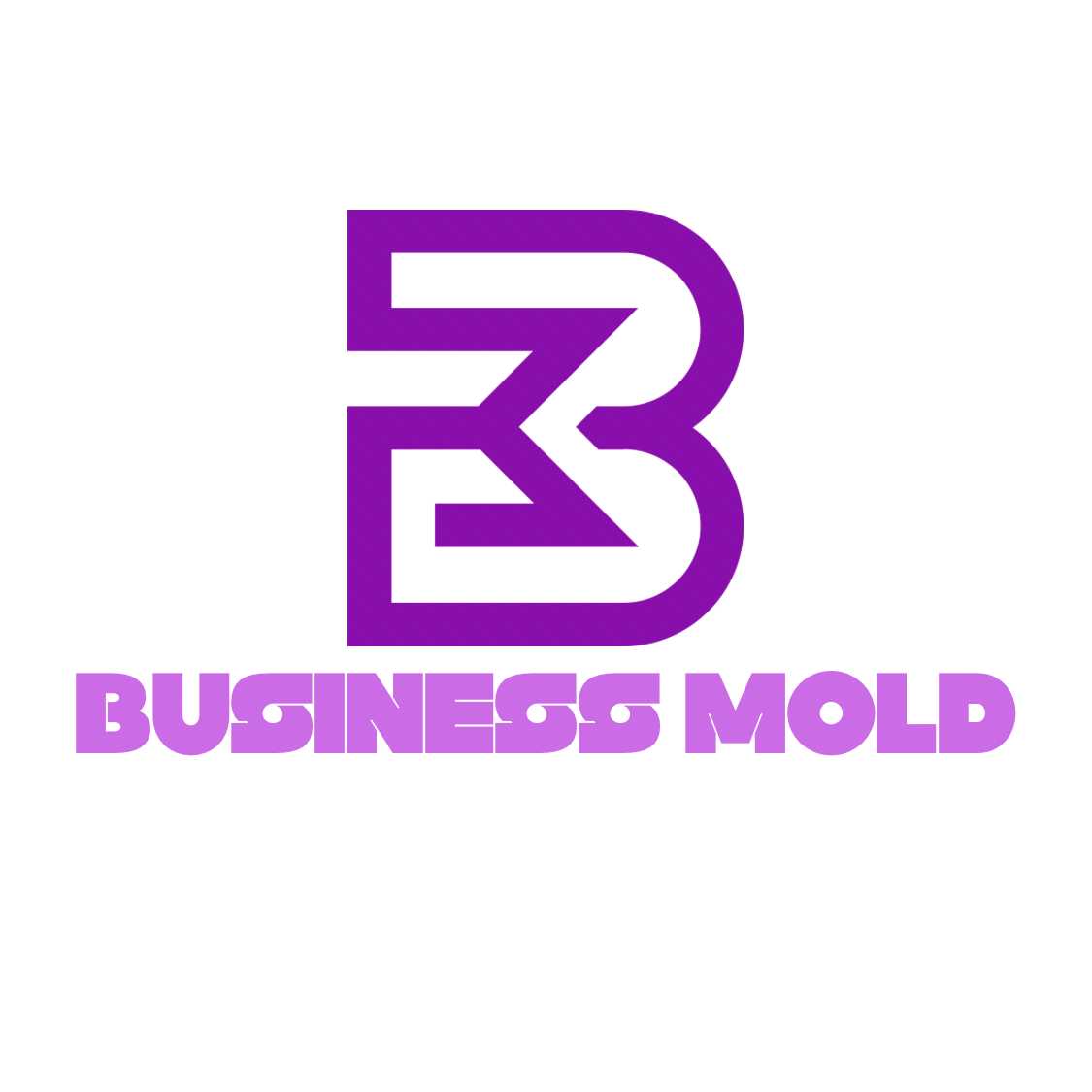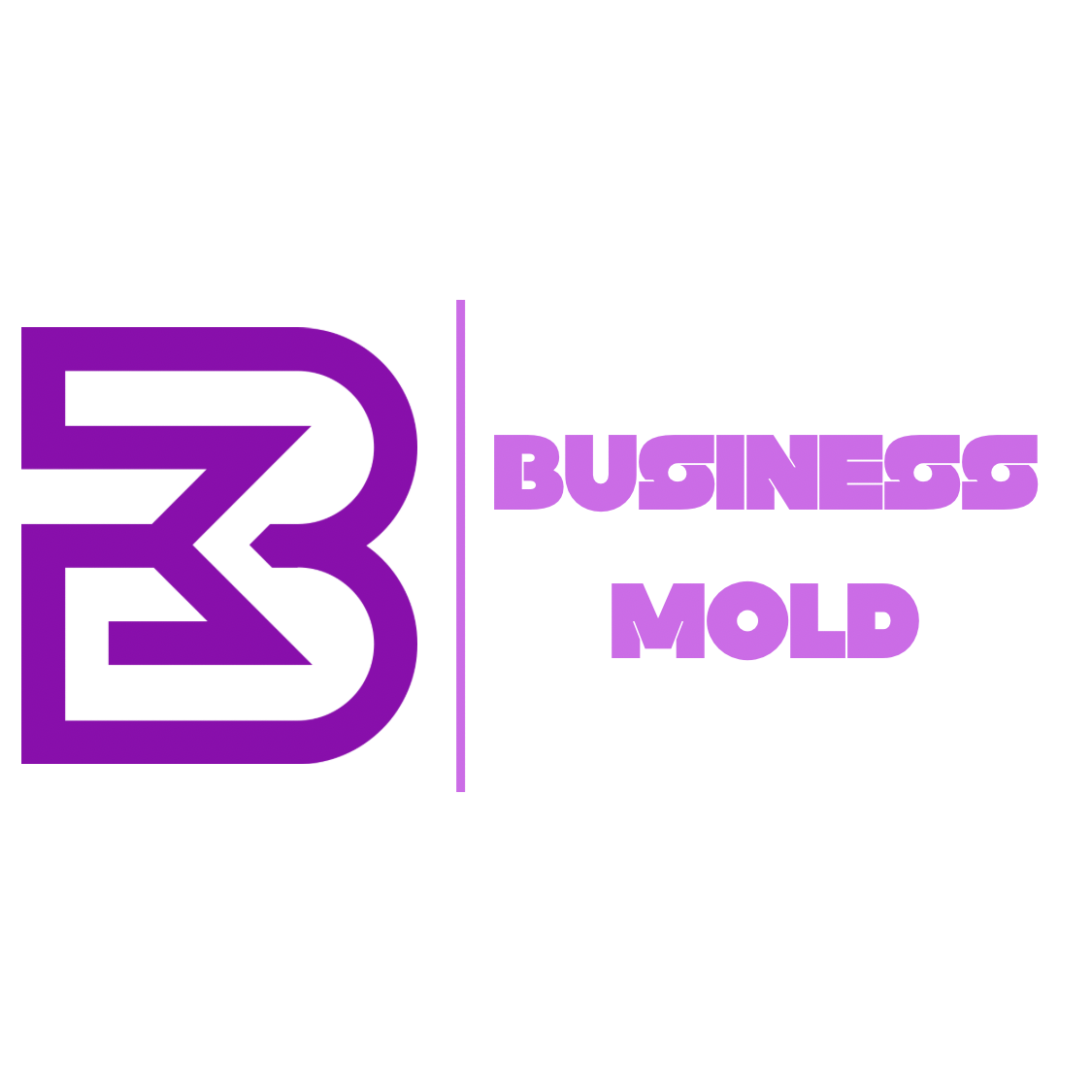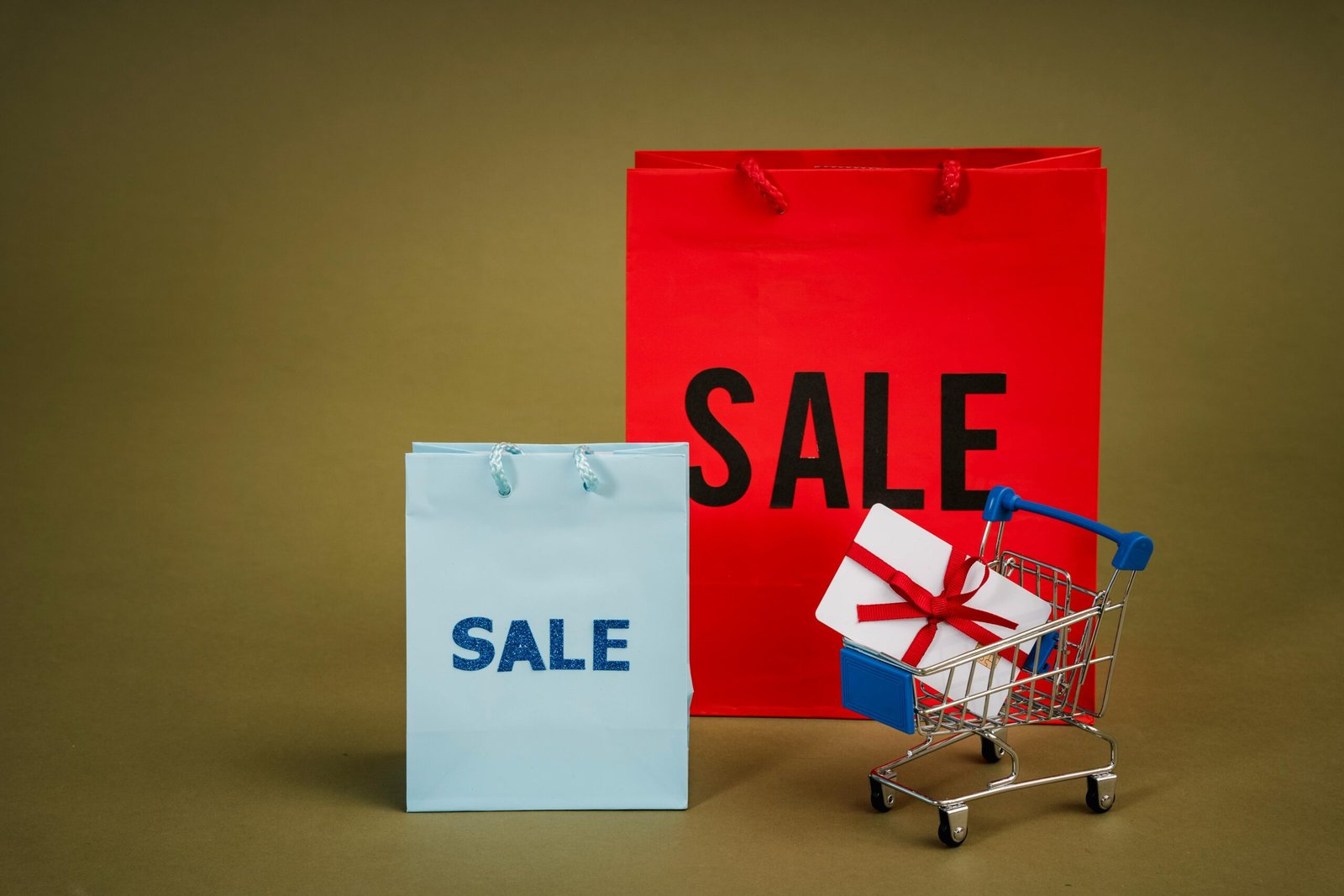In a saturated marketplace, promotional offers are a powerful tool for businesses aiming to attract customers and boost sales. However, with the proliferation of discounts, flash sales, and buy-one-get-one-free promotions, effectively maximizing the impact of these offers has become increasingly challenging. Recent discussions around promotional strategies have highlighted the need for businesses to not only provide appealing discounts but also to align their offers with their overall brand messaging and customer expectations. As the landscape of consumer behavior shifts, understanding how to optimize promotional offers for maximum impact is more relevant than ever.
Exploring the Facets of Promotional Offers
Promotional offers can take various forms, including discounts, limited-time offers, loyalty programs, and bundling. Each type carries its advantages and challenges. For instance, a study by HubSpot highlights that time-limited offers create a sense of urgency, encouraging quicker purchase decisions. However, not all promotions yield the same results. Loyalty programs, while effective for customer retention, require a long-term strategy and consistent engagement to realize their full potential.
The implications of these promotional strategies extend beyond immediate sales; they can influence consumer perceptions and long-term brand loyalty. According to Shopify, well-executed promotions can enhance a brand’s image, making it synonymous with value and quality. However, over-reliance on discounts may lead consumers to perceive a brand as cheap or low-quality, impacting their long-term relationship with the brand.
The challenge lies in striking the right balance—offering attractive promotions while maintaining brand integrity. As marketing practices evolve, brands must continually assess the effectiveness of their promotional strategies to align with changing consumer expectations.
Challenges and Considerations
While promotional offers can drive sales, several challenges and ethical considerations must be addressed. Price sensitivity can vary significantly among consumer segments; what incentivizes one group may alienate another. Research from McKinsey indicates that poorly designed promotions can erode margins and confuse customers, leading to skepticism about the brand’s value proposition.
Furthermore, the rise of digital marketing has introduced complexities such as ad fatigue, where consumers become desensitized to constant promotions. This creates a need for businesses to innovate and personalize their offers effectively. Recent studies have suggested that leveraging data analytics to segment audiences and tailor promotions can enhance engagement and conversion rates.
Future developments may also include the integration of AI and machine learning to predict consumer behavior and optimize promotional timing. However, ethical considerations around consumer data usage must be addressed to maintain trust and compliance with regulations.
Case Studies or Real-world Applications
A notable example of maximizing the impact of promotional offers is Amazon Prime Day. This annual event combines exclusive discounts for Prime members with a sense of urgency and exclusivity, resulting in significant sales boosts. According to CNBC, the event has driven billions in sales, showcasing the effectiveness of well-timed and well-targeted promotional offers.
In contrast, J.C. Penney’s attempt to eliminate sales and focus on everyday low prices led to consumer confusion and decreased sales, illustrating the potential pitfalls of poorly executed promotional strategies. This case highlights the importance of aligning promotional offers with consumer expectations and market positioning.
Conclusion
Maximizing the impact of promotional offers is a multifaceted endeavor that requires businesses to navigate various strategies, challenges, and consumer perceptions. While promotional offers can significantly boost sales and enhance brand loyalty, their success hinges on thoughtful execution and alignment with broader marketing strategies. As the marketing landscape continues to evolve, the ongoing dialogue around promotional effectiveness will shape future strategies and consumer expectations.
Q&A Section
1. What types of promotional offers are most effective?
Effective promotional offers include limited-time discounts, loyalty programs, and bundling. The choice depends on business goals and target audience preferences.
2. How can businesses measure the success of promotional offers?
Success can be measured through key performance indicators (KPIs) such as sales revenue, customer acquisition rates, and return on investment (ROI) for marketing spend.
3. Are there ethical considerations in using promotional offers?
Yes, ethical considerations include transparency in pricing, avoiding misleading offers, and ensuring that promotions do not exploit consumer vulnerabilities.
4. How can personalization enhance promotional effectiveness?
Personalization allows businesses to tailor offers to individual consumer preferences, increasing engagement and conversion rates by addressing specific needs.
5. Where can I learn more about effective promotional strategies?
For additional insights, check out resources from HubSpot, Shopify, and McKinsey.
If you or someone you know needs expert business consulting or digital marketing services, including PPC, SEO, or website building, visit Business Mold Services.
For further exploration of digital disruption or if you require business consulting or digital marketing services, visit our services page at Business Mold. Whether it’s PPC, SEO, or website building, we are equipped to elevate your business in the digital age.




